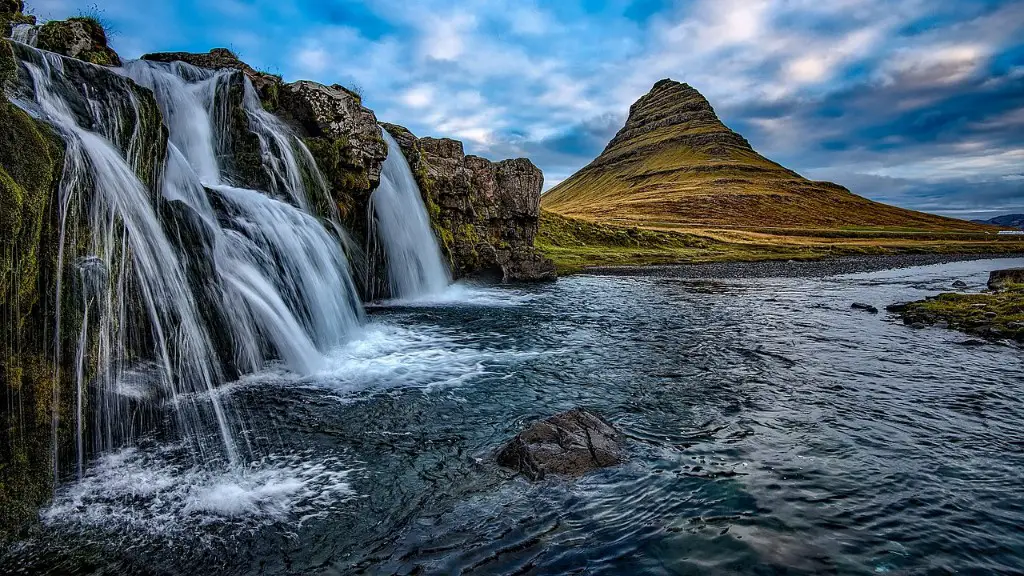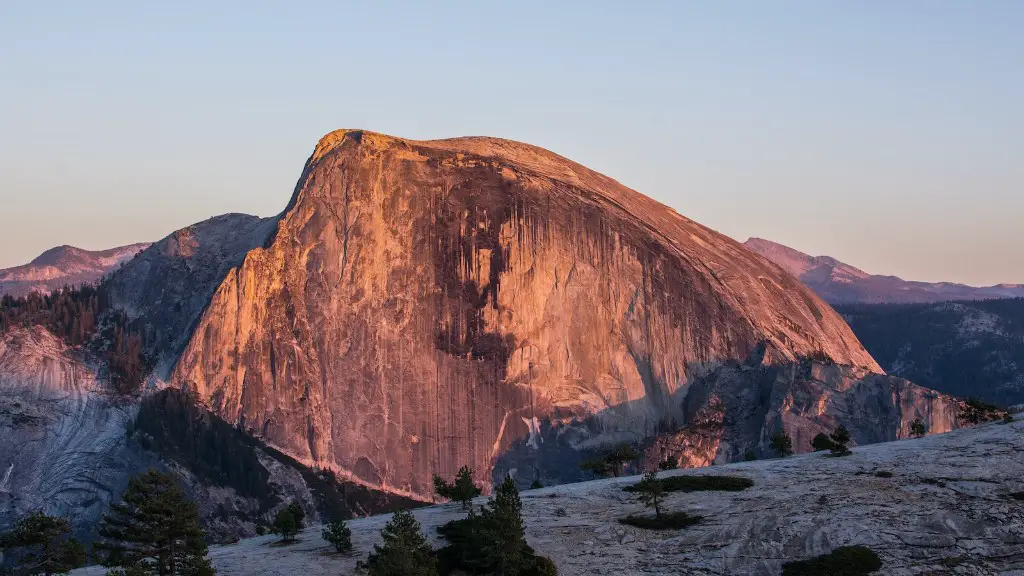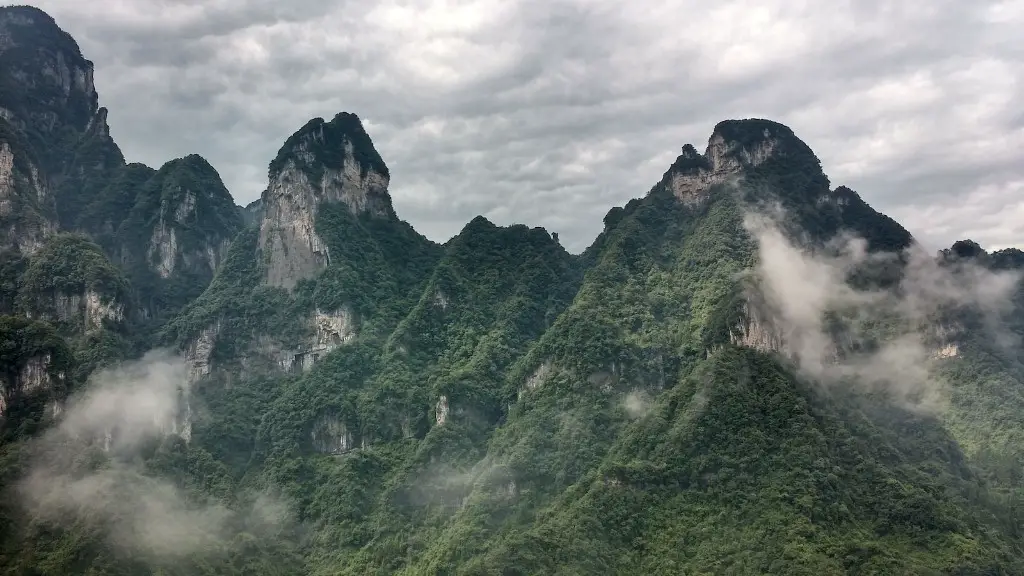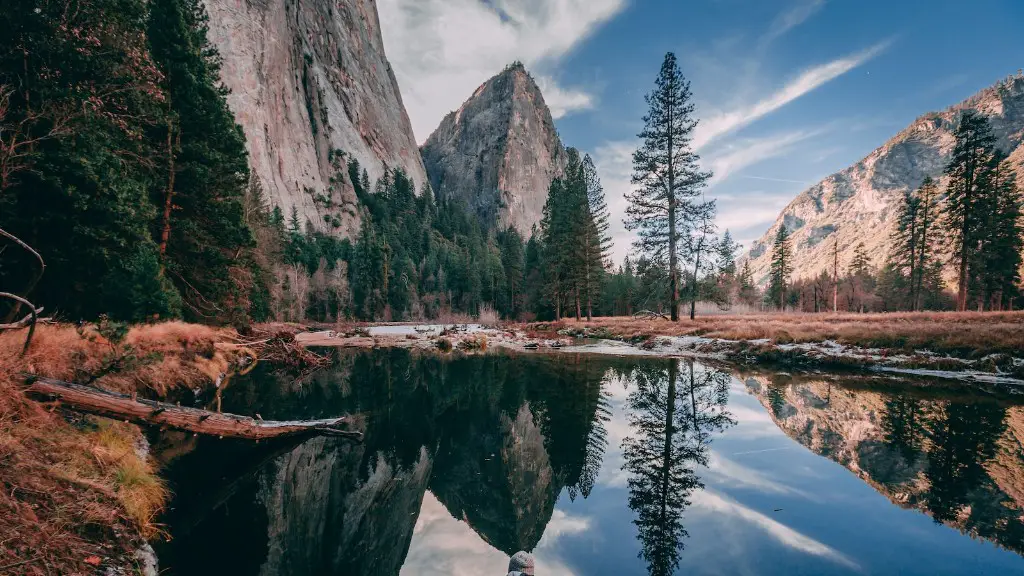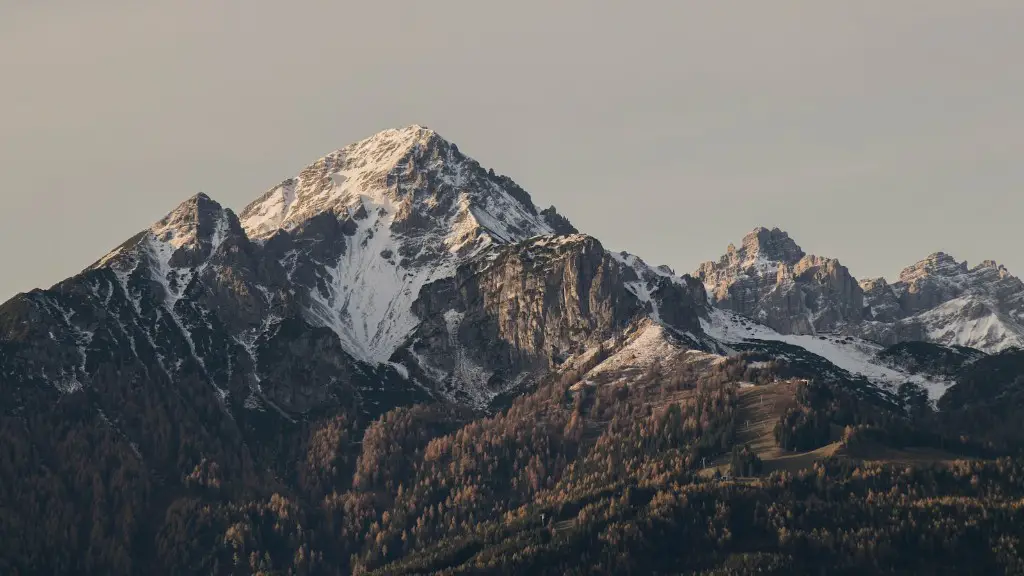The top of Mount Everest is one of the most breathtaking sights in the world. The peak of the tallest mountain in the world is covered in snow and surrounded by the highest peaks of the Himalayas. From the top of Mount Everest, you can see for miles in every direction.
The top of Mount Everest is covered in snow and has a few jagged peaks.
What do you see at the top of Mount Everest?
Standing at the top of Mount Everest, you can see some of the tallest mountains in the world in every direction. To the south is Mount Lhotse, the fourth-tallest mountain, and across the valley is Cho Oyu, the eighth-tallest. In another direction lies Makalu, the fifth-highest mountain in the world. It’s an incredible sight to behold!
At high altitudes, the air is much thinner and contains less oxygen. This makes it difficult for most plants and animals to survive. Some animals, like the chinchilla, have adapted to live at high altitudes, but most cannot.
What does the top of Mount Everest feel like
It is no secret that the air on Mount Everest is incredibly thin. In fact, the air has so little oxygen that even with tanks, it can feel like “running on a treadmill and breathing through a straw,” American mountaineer and filmmaker David Breashears once said.
Climbers can experience violent, rib-cracking coughs and dangerous swelling in the brain and lungs. And, if they’re not careful, they can even develop frostbite on their eyeballs.
In short, the conditions on Mount Everest are incredibly treacherous. So, if you’re thinking about tackling the world’s tallest peak, be sure to train your body and mind for the challenge.
Everest is the world’s tallest mountain, with a peak that reaches 8,848 metres (29,029 feet) above sea level. It is located in the Mahalangur Himal sub-range of the Himalayas, and straddles the border between Nepal and China.
The three generally flat planes constituting the sides of Everest are called faces, and the line by which two faces join is known as a ridge. The north face of Everest, which is the most difficult to climb, rises 8,848 metres (29,029 feet) above sea level.
How dirty is the top of Mount Everest?
Everest is one of the most popular mountains in the world to climb, but it has become so overcrowded and full of trash that it has been called the “world’s highest garbage dump”. Sagarmatha National Park was created in 1976 to protect the mountain and its wildlife, but it has become increasingly difficult to keep the mountain clean. Everest has become a symbol of the negative impacts of tourism, and it is important to find ways to protect the mountain and its environment.
Lhakpa Sherpa is an experienced climber and knows the difficulty of the journey to the summit and back. It is typical for climbers to try to make the trip in one day, spending as little time as possible in the death zone. However, Lhakpa Sherpa says that the most difficult day is the journey back to Camp Four. This is because climbers are tired and exhausted from the summit attempt, and they have to carefully navigate the dangerous terrain.
What does a Sherpa get paid?
Sherpa is a company that provides support to mountaineers and climbers. They are based in Nepal, and have an office in the United Kingdom.
Most Sherpa employees are paid by the day, with wages ranging from $100 to $300 per day. The average yearly salary for a Sherpa is $77,410, or $3722 per hour. The lowest earners make $42,000 per year, while the top 10 percent are paid over $139,000.
Sherpa also provides bonuses and benefits to their employees. These can include a climbing allowance, free gear, and health insurance.
The death zone is the name given to the area above 8,000 meters (26,247 feet) on Mount Everest. This area is where the air is so thin that it’s difficult for the human body to function properly. Most of the 200+ climbers who have died on Mount Everest have died in the death zone.
People are advised not to stay in the death zone for more than 16 to 20 hours. Shorter stays can also be deadly. The lack of oxygen, the cold temperatures, and the physical exertion of climbing can all take their toll on the human body. In the death zone, it’s often a matter of just waiting for the inevitable.
What illnesses are on Everest
High-altitude cough and acute mountain sickness are common ailments among Everest climbers. Mountain sickness results in headaches and shortness of breath, but can be managed by ascending no more than 1,000 feet a day, Kedrowski said. No one is immune to high-altitude cough, Freer said.
The death zone is the most dangerous part of a mountain to climb, as the temperatures never rise above zero degrees Fahrenheit. This can cause serious frostbite and even gangrene if the blood circulation to the extremities is cut off.
Are there visible bodies on Everest?
While the exact number of bodies on Mount Everest is unknown, it is estimated that there are over 200 Climbers and Sherpas who have died and been left on the mountain. Many of these bodies are hidden in crevasses or buried under avalanche snow, while others are exposed on the slopes of the mountain. Due to the harsh conditions on Everest, many of these bodies have been sun-bleached and distorted.
The Hillary Step was a daunting obstacle on the Nepal-side Everest climb. It was located on the southeast ridge, halfway between the “South Summit” and the true summit. The Step was the last real challenge before reaching the top of the mountain. It was named after Sir Edmund Hillary, who was the first person to climb Everest.
What was Everest deadliest day
On April 25, 2015, a 78-magnitude earthquake left 19 people dead at Everest’s base and nearly 9,000 people dead across Nepal. It was the worst earthquake in the country’s history in 80 years. Fort Collins author and climber Jim Davidson was on Everest that day. Davidson recounted his experience in an article for the Fort Collins Coloradoan. He described how the earthquake caused avalanches on the mountain, burying climbers in their tents. He and his team were able to make it back to base camp, but many others were not so lucky. Davidson’s account is a harrowing reminder of the power of nature and the risks climbers take in pursuit of their goals.
Everest is one of the most difficult and time-consuming expeditions to undertake. It requires around 60 days of preparation, and even then, conditions on the mountain are extremely challenging. Temperatures are very cold, conditions are difficult to climb in, and you need to acclimatize for a long time before you can even attempt to reach the summit. Even then, there is no guarantee of success. But for those who are up for the challenge, Everest is an incredible experience.
What is the oldest body on Mount Everest?
George Mallory’s body was found in 1999, 75 years after his death in 1924. Mallory had attempted to be the first person to climb Everest, and his body was found after an unusually warm spring. It is not known for certain if he reached the summit before his death.
There are plenty of places where you can shower on the trek. The only issue with this is that sometimes the water isn’t hot. All of the showers available on the Everest Base Camp trek are heated by solar power so if it’s been a cloudy day or for a couple of days you’re not going to get any hot water.
Why are bodies not removed from Everest
It can be quite costly and dangerous to try to remove a body from Everest. In some cases it can cost up to $70,000 and people have died trying to retrieve bodies. It is important to be aware of the risks and costs involved before attempting to remove a body from the mountain.
At high elevations, the air pressure is lower than at sea level. This makes the air less dense, and there is less oxygen available to breathe. At the top of Mount Everest, there is only one third of the oxygen available as there is at sea level.
Final Words
The top of Mount Everest is a flat, snow-covered plateau with an elevation of 8,848 meters (29,029 feet).
The top of Mount Everest looks like a beautiful, peaceful place. It is covered in snow and has an amazing view.
